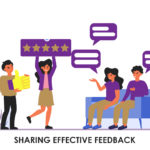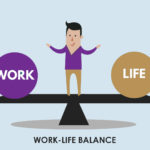Ravi’s idea got rejected. When he met the finance manager, Ravi realized that there were some obvious flaws in the idea. He wondered, how come no one in his design team picked them up?
What might have happened?
Let’s backtrack to the design team meeting a few hours ago.
Ravi presented an idea for a new design. Once he finished, he asked for feedback. Rahul, the first person in the meeting, and Ravi’s close friend, said that it was a great idea.
Sahil, next to him, also said the idea should work.
Eventually, everyone in the design team agreed to the idea.
How did none of them notice the obvious flaws?
Psychologists have found that people might behave differently in groups than they do individually. Each group creates its own norms. Some groups are open to healthy debates.
However, other groups minimize disagreement to reach a quick consensus.
In Ravi’s case, the design team agreed to his idea unanimously. The tone was set by Rahul, the first person to say that he liked the idea. After his comment, disagreeing with Ravi and Rahul would have been uncomfortable for others. It is possible that Sahil or others in the meeting noticed the flaws in the idea.
However, they felt uncomfortable voicing their opinions because:
- They wanted to preserve agreement within the group.
- They did not want to be the only one disagreeing.
Understanding this phenomenon can help us deal with it better.
There are several things you can do to counter it:
- Brainstorming: Ask people to submit individual ideas before a meeting. Then, come up with several ideas before choosing one. This way, you will pick the best idea rather than choosing the first one.
- Challenging People: Challenge employees with tasks to do in smaller groups.
- Open Feedback: If you’re in a senior position, ask employees to challenge your and each other’s ideas. Create a culture of open feedback, where feedback is valued by the person giving feedback and the person receiving it.
Groups can do incredible work if everyone’s individual strengths are harnessed.




